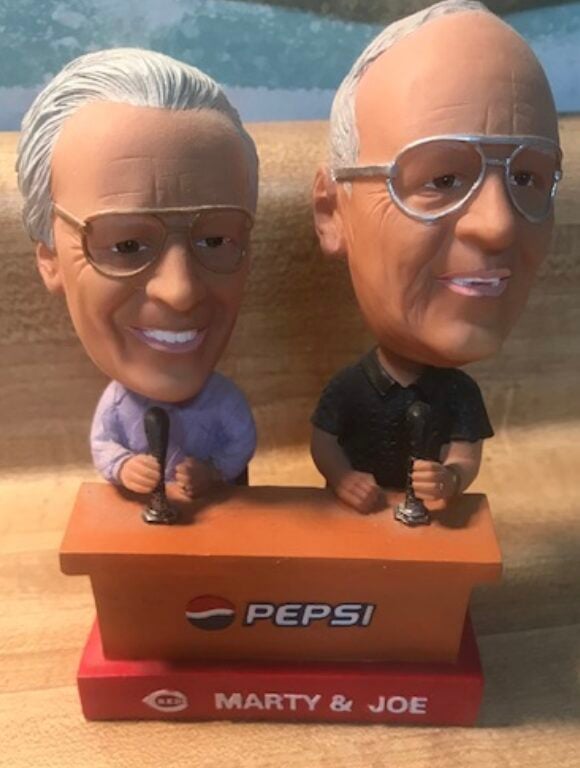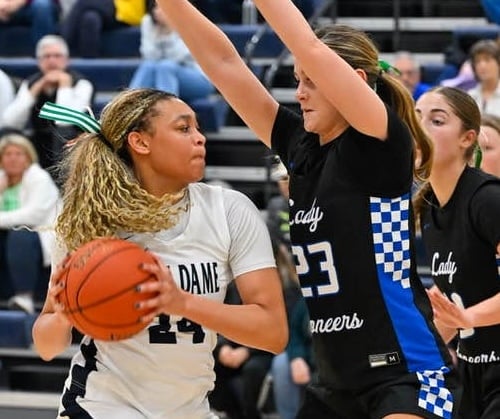It’s axiomatic in football circles that kickers are, well, shall we say eccentric? They are on the football team, but they are not players. They are specialists, and an abnormal number also are individualists.
In the case of the University of Louisville’s John Wallace, he wears a yellow shoe on his kicking foot. It makes him stand out from the crowd, which isn’t necessarily a good thing on a bad night.
Last Thursday Wallace had a bad night.
With 2:28 remaining in an epic struggle with favored Clemson, Wallace trotted onto the field at Papa John’s Cardinal Stadium to try a 38-yard field goal that would have pulled the Cards into a 20-20 tie and given them a chance to win, either in the closing minutes or in overtime.

A senior who had converted 37 of 49 attempts during his U of L career, Wallace has faced more difficult kicks, but not more difficult circumstances. The game was witnessed by a crowd of 55,396 and a national TV audience. A win over Clemson, preseason favorite in the Atlantic Coast Conference, would make up for the Cards’ 0-2 start and put them on course for a bright future.
Like all kickers, Wallace has a routine that he undergoes before every kick. In his case, he stands at the kicking tee, takes three steps backward, and maybe a step and a half to his left. Then, after pausing a few moments to catch his breath and focus, the ball is snapped and Wallace moves forward, his yellow shoe a flash of color as his leg moves through the ball.
As every fan knows, many things can go wrong on a place kick. The center can make a bad snap. The holder can fumble the ball or put it down crookedly. A missed assignment on the line can lead to a blocked kick. The wind might die or gust as the last second, blowing the kick off course.
Unlike his teammates, whose mistakes often are hidden in the scrums, kickers stand exposed. When they are successful, they are wrapped in hugs and adoration. But when they fail, they are criticized, sometimes harshly. A kicker who fails in a championship game earns a spot in infamy.
Just ask Scott Norwood, who will never be forgotten for missing the field goal that would have given the Buffalo Bills victory in Super Bowl XXV.
Now, on this lovely warm summer night against Clemson, here came the snap and Wallace’s kick. The crowd collectively held its breath as the kick soared high into the black night toward its destiny. It was…oh, no. The officials in the end zone waved their arms to signal that the kick was no good, wide left.
In the snap of your fingers, the excitement leaked out of Papa John’s Cardinal Stadium like air leaving a balloon. The raucous crowd fell quiet, numbed by the very good possibility that U of L had lost its last chance for victory. A dejected Wallace lowered his head and began to jog toward the bench.
His teammates did what teammates do in these cases. They slapped him on his helmet, told him it was O.K., expressed confidence that he would make the next one. But then, on the sidelines, they left him alone, lost in his own private hell. There’s nothing anybody can say that will make a kicker feel better at such an awful time.
In all of sport, no athlete is ever as exposed, as naked, as vulnerable as a kicker who misses when a game is on the line.
The TV analysts only make it worse. Even former coaches, who should know better, are guilty. They seem to forget that athletes are not robots, that sometimes in the ebb and flow of intense action, things happen that defy explanation. Sometimes a play just fails and it’s nobody’s fault. Yet the jabbermouths throw around words like “goat” or “choke” with reckless abandon.
For a while after the miss, Wallace stood alone at the end of the bench. His teammates ignored him, an act of compassion, not condemnation. They know how hard a kicker’s job can be. They know how diligently Wallace has worked, day after day, to be the most dependable kicker on the planet.
On the field, with time running out, the U of L defense held Clemson in check and forced a punt, giving the Cardinals one last gasp for a tie or victory. On the sidelines, at the end of the bench, Wallace put a ball on the tee in front of his kicking net and began going through his routine: Three steps back, a step and a half to the left, head down, take a deep breath, swing the foot with the yellow shoe through the ball.
Forced to run a hurry-up offense, the Cards moved the ball into Clemson territory, just out of field-goal range. For a few giddy moments, it looked as if Wallace might get a second chance. But then a sack was followed by an interception and that was that. The orange-clad Tigers danced off the field with a victory that easily could have been a loss.
As Wallace trudged off the field, a lot of Cardinal fans were thinking the same thing that former Kentucky basketball star Rick Robey was saying upstairs: “I feel horrible for that kid…I sure wish he had gotten the chance to win the game with a 50-yarder.”
In Saturday’s home game against Samford, Wallace may or may not get the chance to kick. The Cardinals are heavily favored and aren’t expected to try many field goals.
But somewhere down the line, in a game the Cards need to win, the team again will need the kicker in the yellow shoe. It is then we will find out just how cruel or kind that fate can be.
Billy Reed is a member of the U.S. Basketball Writers Hall of Fame, the Kentucky Journalism Hall of Fame, the Kentucky Athletic Hall of Fame and the Transylvania University Hall of Fame. He has been named Kentucky Sports Writer of the Year eight times and has won the Eclipse Award twice. Reed has written about a multitude of sports events for over four decades, but he is perhaps one of media’s most knowledgeable writers on the Kentucky Derby.


















